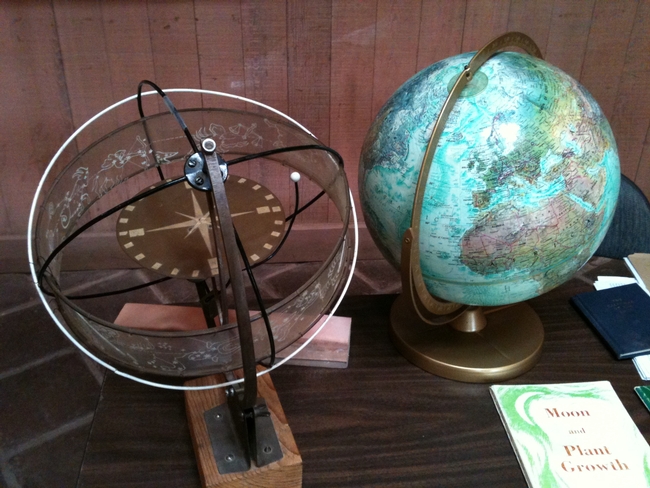Disclaimer: This article does not express the views held or advocated by UCCE or its affiliates with regard to biodynamic gardening or farming. It only seeks to introduce the concept of biodynamics to readers as another alternative system of sustainable gardening.
On the recommendation of another Master Gardener, I enrolled in an 8-month course at the Rudolf Steiner College in Fair Oaks, California, in my quest to learn more about different systems and methods of organic gardening. Last month’s lecture was on “Cosmic Rhythms, Planting Calendars.” Although I have not quite made up my mind about the efficacy of this planting system, it was/is nevertheless interesting to learn a new way (at least new to me) of backyard gardening.
One of the beliefs held by biodynamic practitioners, is that planetary/intergalactic events somehow relate to/have practical effects on plants on Earth. For instance, one of the lecturers at the seminar asserted that certain planets such as Venus and Mercury, directly impact the plants belonging to the rose and lily families, respectively, because the geocentric orbits of those planets correspond with the shape and appearance of plants belonging to those families. Although this assertion may or may not be true, the concept of inter-relatedness between celestial and terrestrial events, is both appealing and beautiful.
Planting according to cosmic rhythms is a very complex process, as many factors (i.e., the perceived location of the sun and moon, position of the planets and constellations/stars, the equinoxes, etc.) must be taken into consideration in designing a planting schedule and what tasks to do at a particular hour and on a specific day. While one can create his/her own calendar, the Stella Natura calendar is one of several calendars upon which biodynamic gardeners rely (be forewarned that biodynamic calendars may be a bit daunting to read for the beginner, as they are filled with all sorts of symbols representing where certain planets are believed to be positioned in the zodiac, the phases of the moon, and what conjunctions and oppositions exist as between the moon and the planets). Although inconclusive, some biodynamic practitioners claim and have documented that they have experienced a better, healthier crop yield when planting according to a biodynamic calendar. It is interesting to note, however, that one of the lecturers at the seminar stated that planting according to a biodynamic calendar is very difficult, if not impossible, on a working farm due to scale and the economic realities of operating a farm (i.e., margins being razor-thin). So will planting according to a biodynamic calendar give you better yields? As the lecturers at the seminar suggested, consider experimenting and decide for yourselves.
Attached Images:

Tools used by biodynamic practitioners in understanding planetary movement. (photos by Betty Homer)
